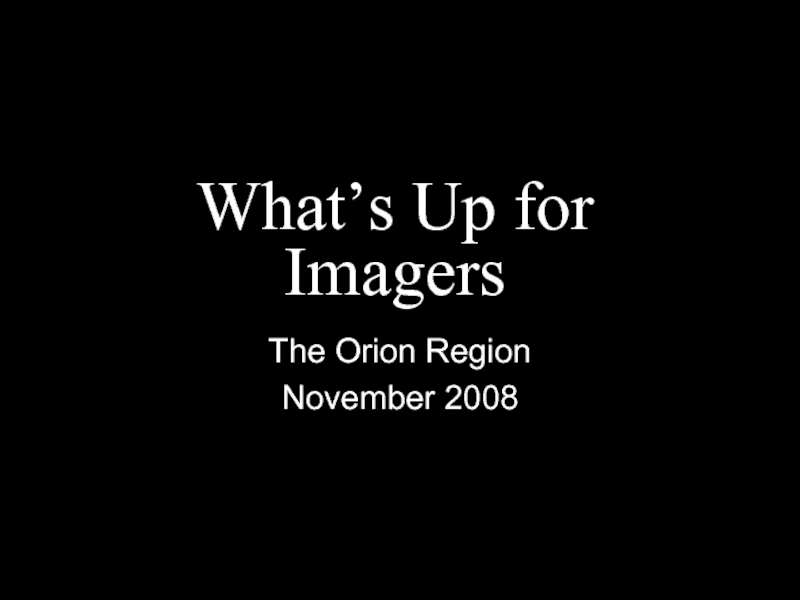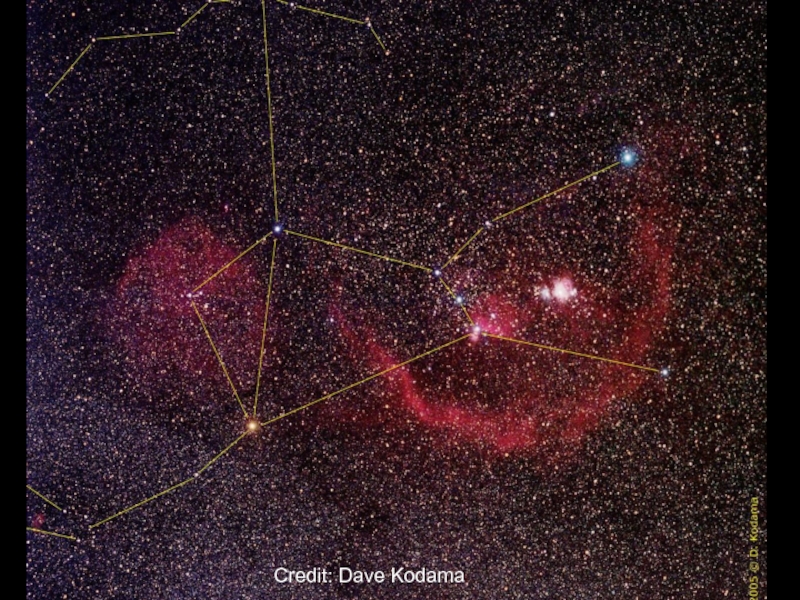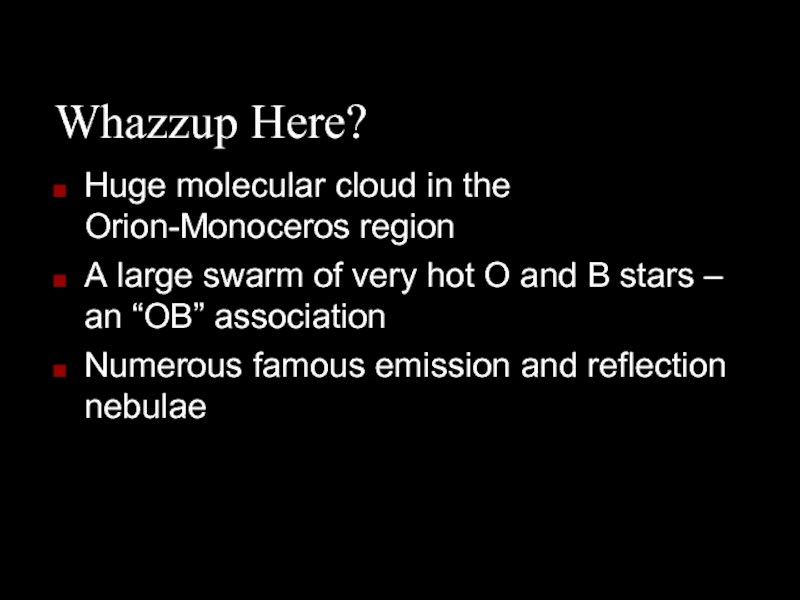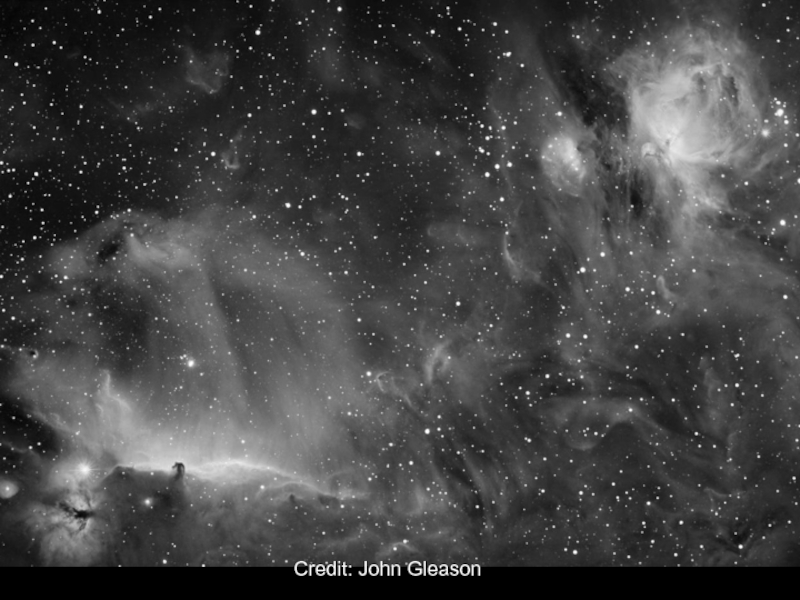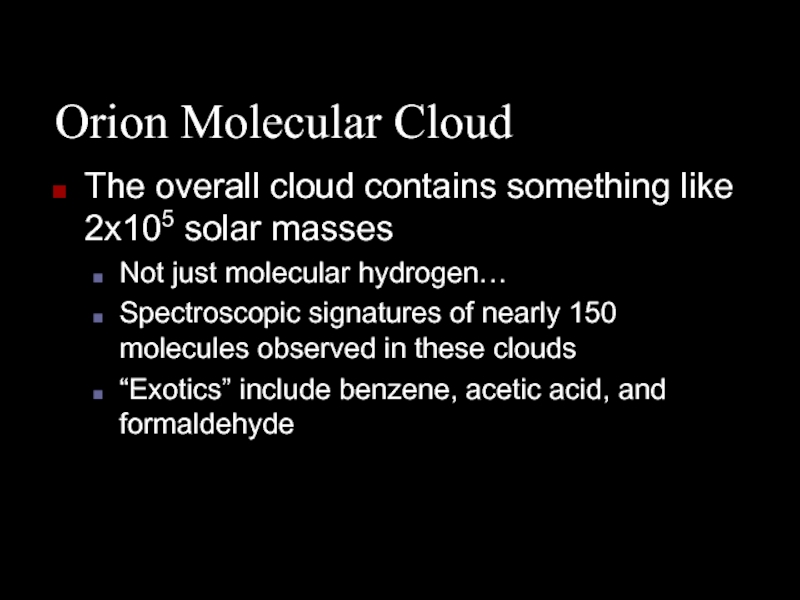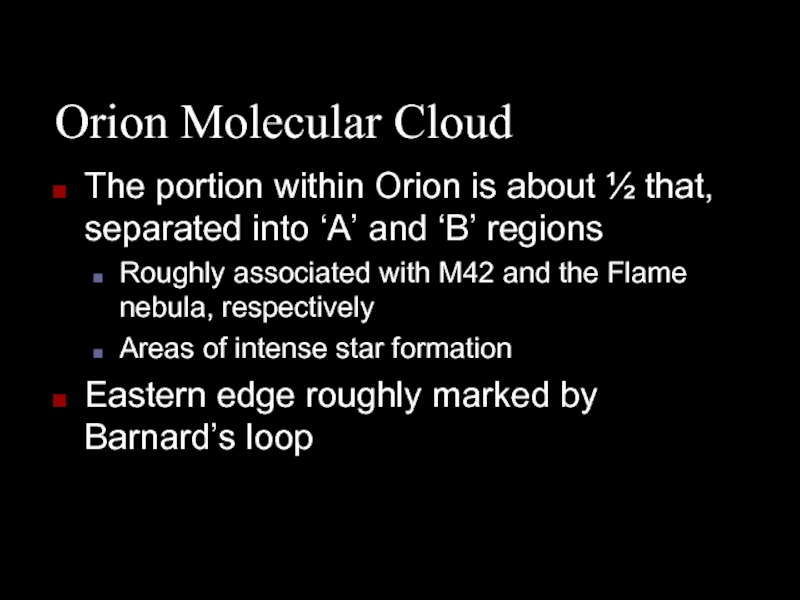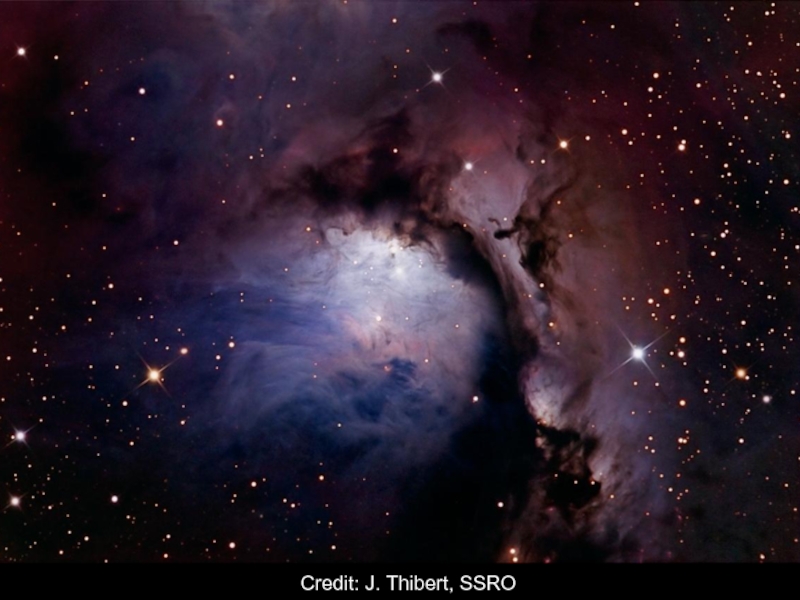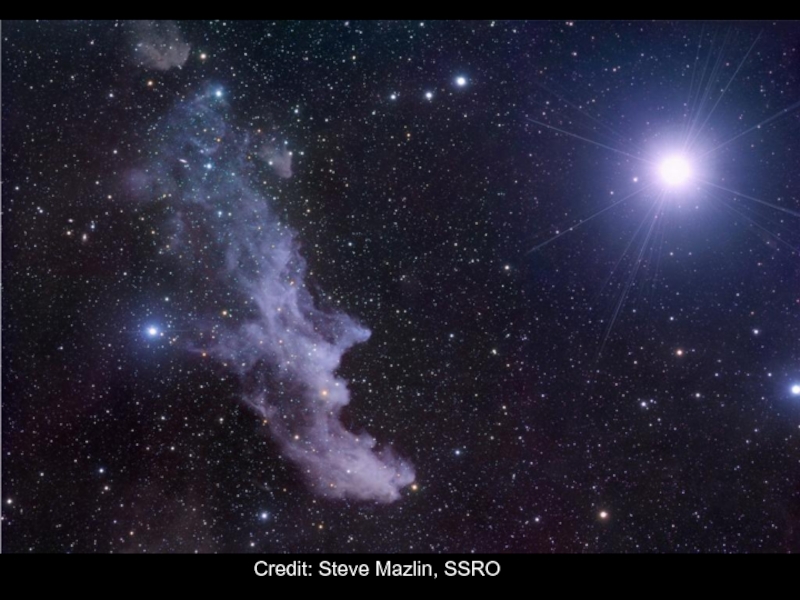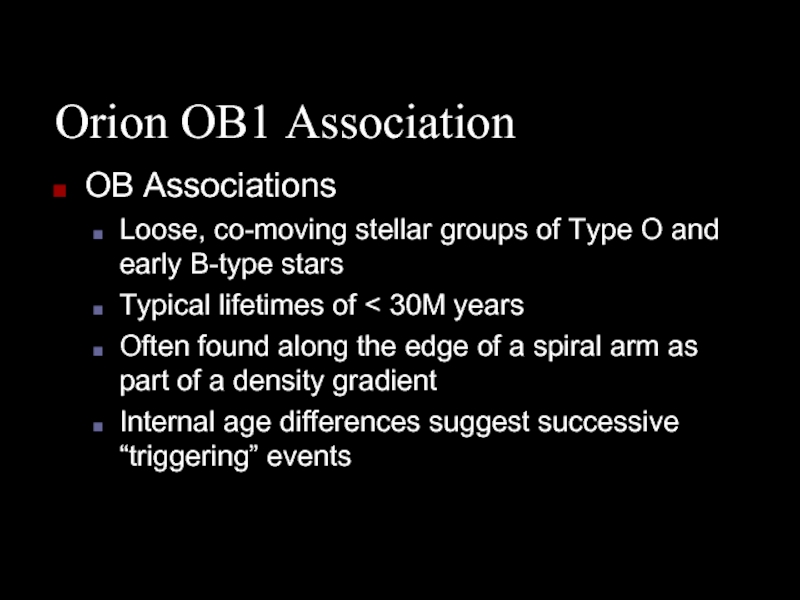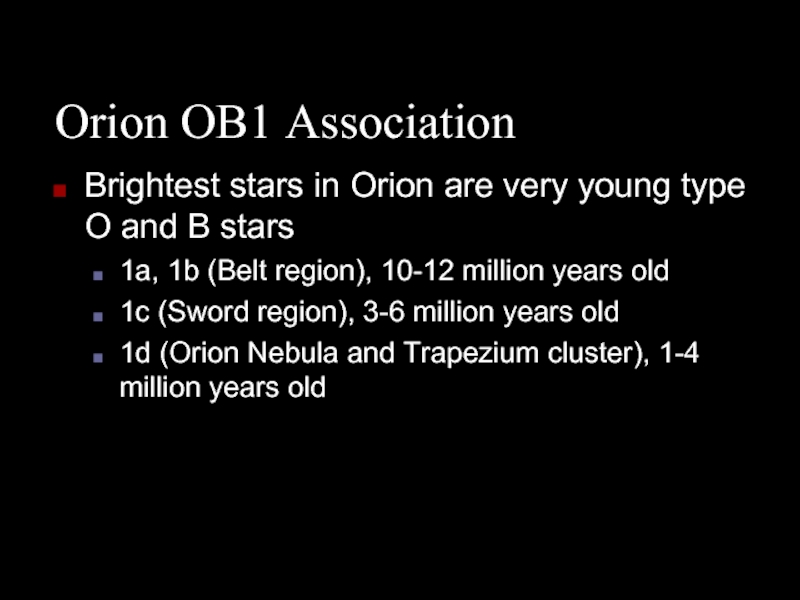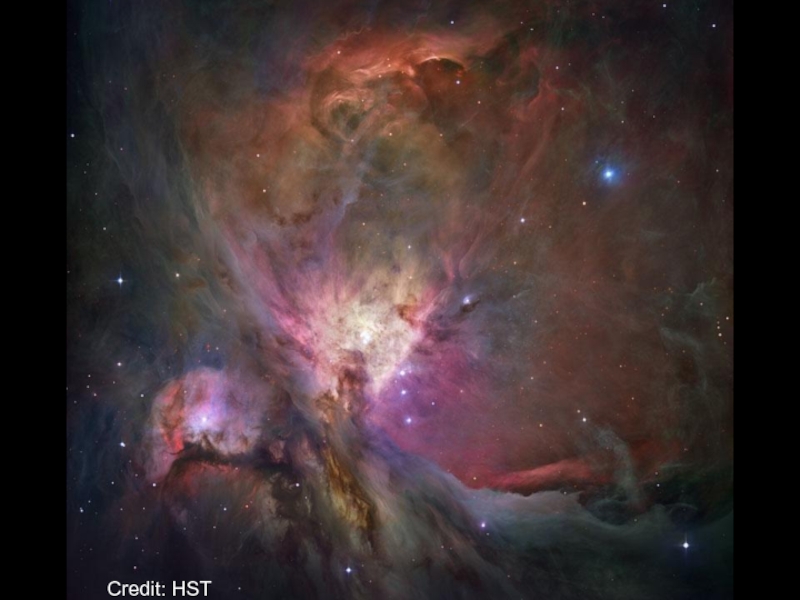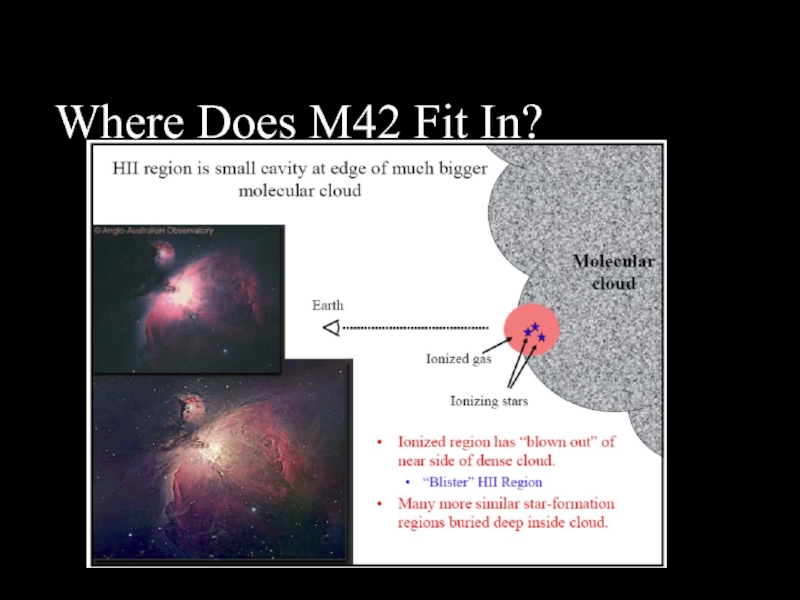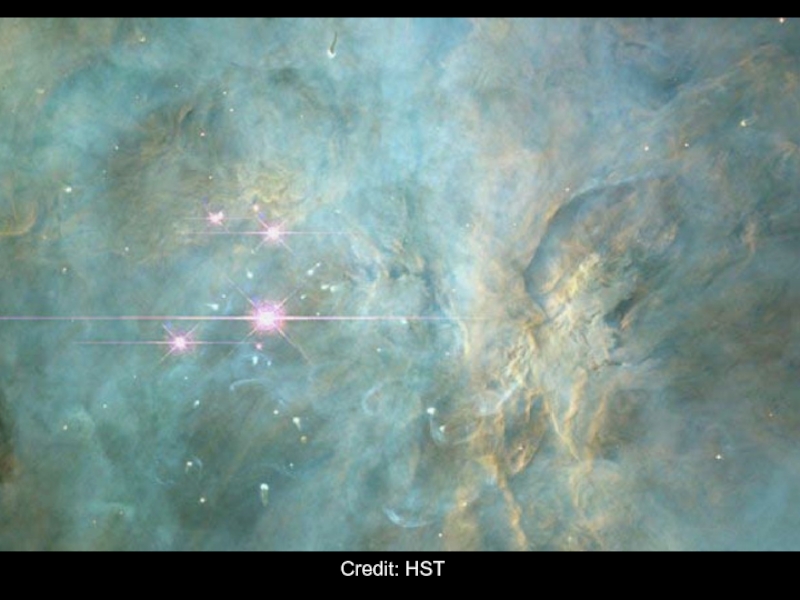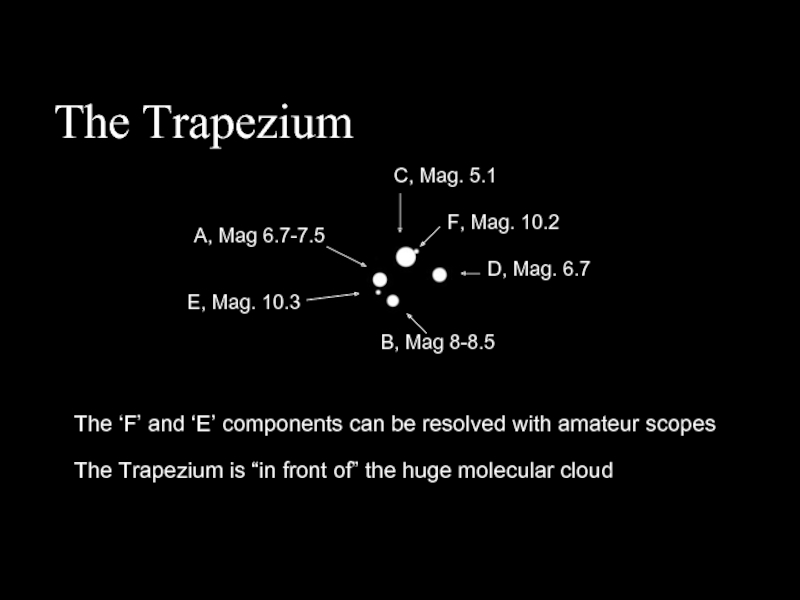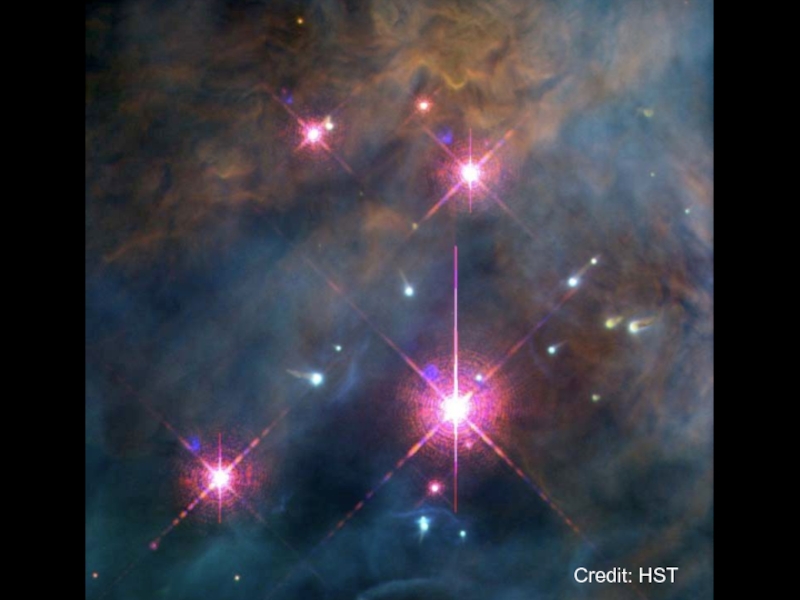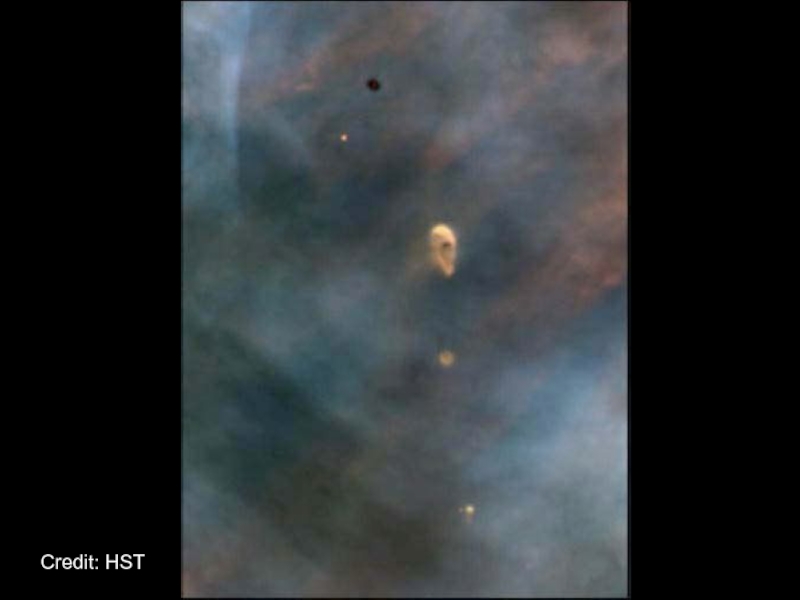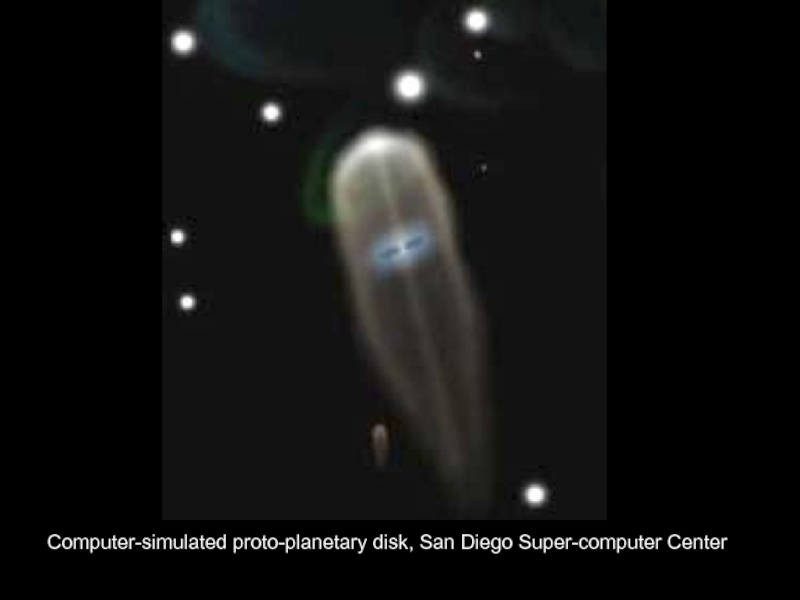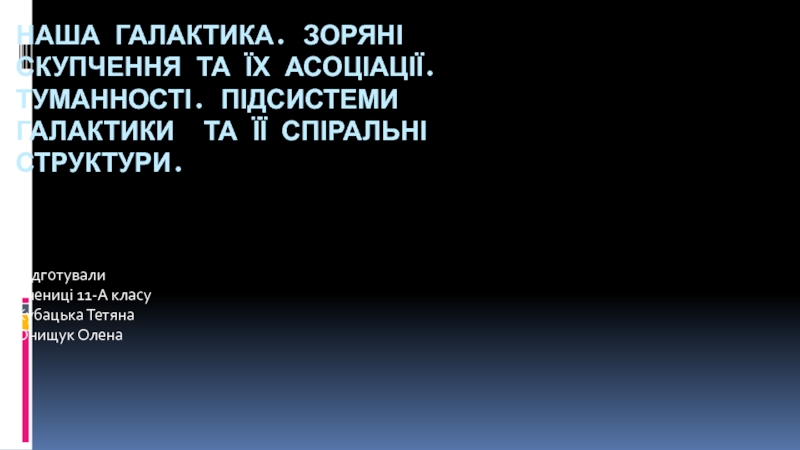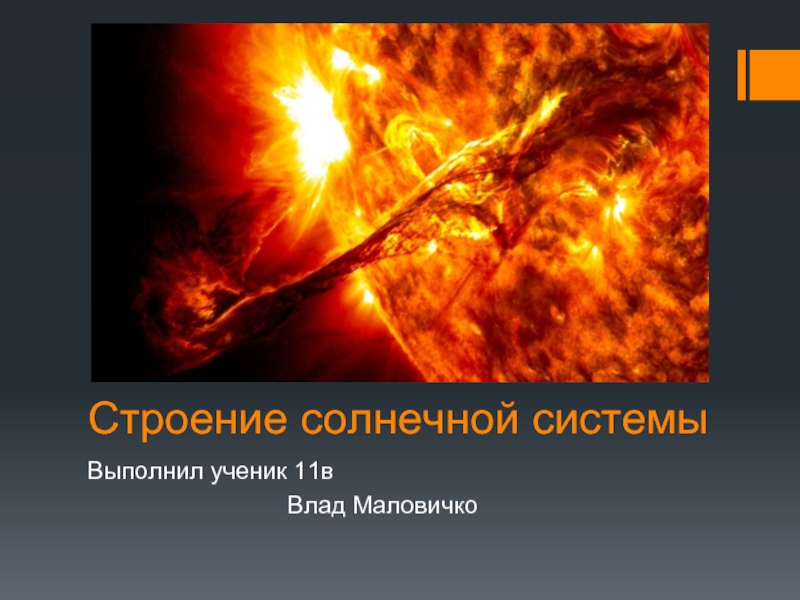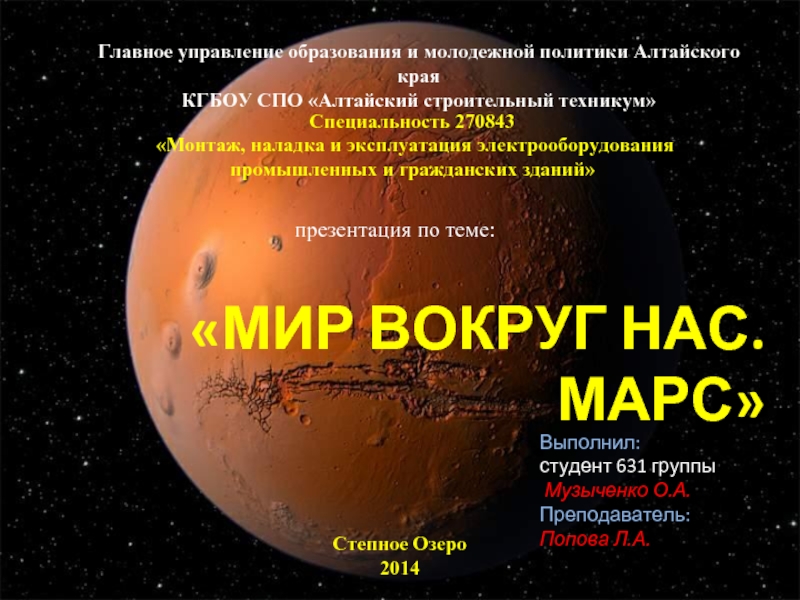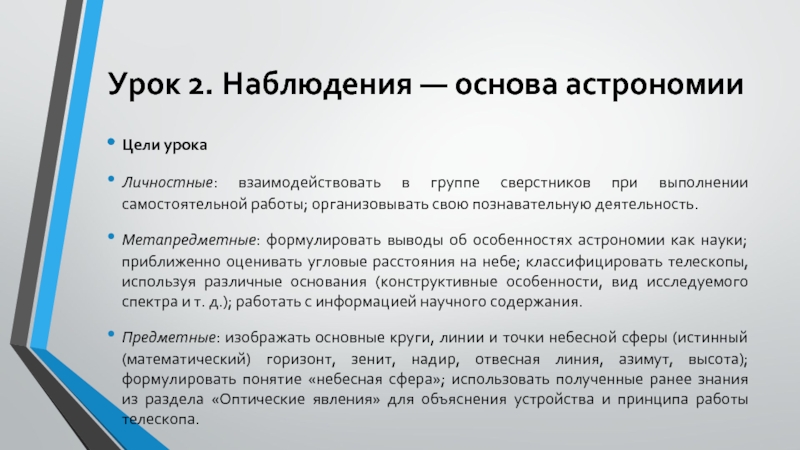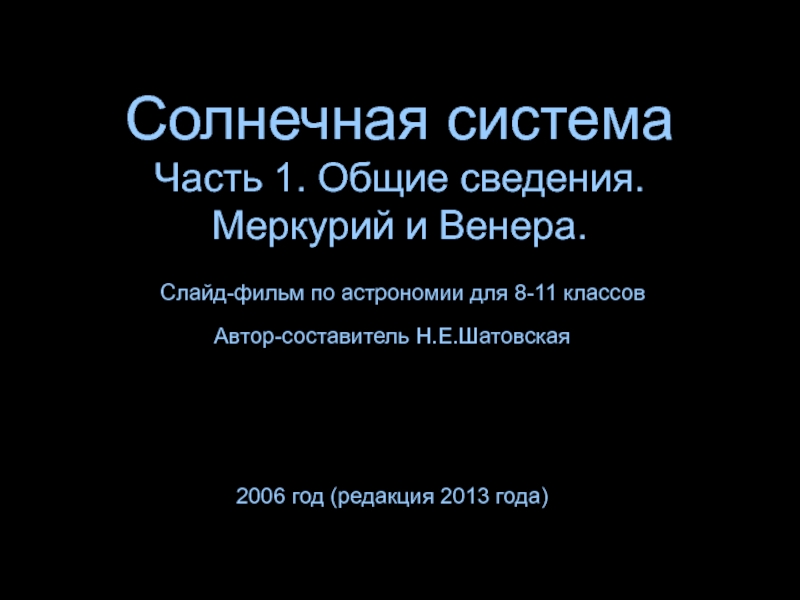- Главная
- Разное
- Дизайн
- Бизнес и предпринимательство
- Аналитика
- Образование
- Развлечения
- Красота и здоровье
- Финансы
- Государство
- Путешествия
- Спорт
- Недвижимость
- Армия
- Графика
- Культурология
- Еда и кулинария
- Лингвистика
- Английский язык
- Астрономия
- Алгебра
- Биология
- География
- Детские презентации
- Информатика
- История
- Литература
- Маркетинг
- Математика
- Медицина
- Менеджмент
- Музыка
- МХК
- Немецкий язык
- ОБЖ
- Обществознание
- Окружающий мир
- Педагогика
- Русский язык
- Технология
- Физика
- Философия
- Химия
- Шаблоны, картинки для презентаций
- Экология
- Экономика
- Юриспруденция
The orion region презентация
Содержание
- 1. The orion region
- 2. Credit: Dave Kodama
- 3. Whazzup Here? Huge molecular cloud in the
- 4. Credit: John Gleason
- 5. Orion Molecular Cloud The overall cloud contains
- 6. Orion Molecular Cloud The portion within Orion
- 7. Credit: Rob Gendler
- 8. Credit: J. Thibert, SSRO
- 9. Credit: Steve Mazlin, SSRO
- 10. Orion OB1 Association OB Associations Loose,
- 11. Orion OB1 Association Brightest stars in Orion
- 12. Credit: Rob Gendler
- 13. Credit: HST
- 14. Where Does M42 Fit In?
- 15. Credit: HST
- 16. The Trapezium Magnitudes A, Mag 6.7-7.5 C,
- 17. Credit: HST
- 18. Credit: HST
- 19. Protoplanetary Disks Rotating disk of dense gas
- 20. Computer-simulated proto-planetary disk, San Diego Super-computer Center
- 21. Credit: J. C. Casado, APOD 12/1/97
Слайд 3Whazzup Here?
Huge molecular cloud in the Orion-Monoceros region
A large swarm
of very hot O and B stars – an “OB” association
Numerous famous emission and reflection nebulae
Numerous famous emission and reflection nebulae
Слайд 5Orion Molecular Cloud
The overall cloud contains something like 2x105 solar masses
Not
just molecular hydrogen…
Spectroscopic signatures of nearly 150 molecules observed in these clouds
“Exotics” include benzene, acetic acid, and formaldehyde
Spectroscopic signatures of nearly 150 molecules observed in these clouds
“Exotics” include benzene, acetic acid, and formaldehyde
Слайд 6Orion Molecular Cloud
The portion within Orion is about ½ that, separated
into ‘A’ and ‘B’ regions
Roughly associated with M42 and the Flame nebula, respectively
Areas of intense star formation
Eastern edge roughly marked by Barnard’s loop
Roughly associated with M42 and the Flame nebula, respectively
Areas of intense star formation
Eastern edge roughly marked by Barnard’s loop
Слайд 10Orion OB1 Association
OB Associations
Loose, co-moving stellar groups of Type O
and early B-type stars
Typical lifetimes of < 30M years
Often found along the edge of a spiral arm as part of a density gradient
Internal age differences suggest successive “triggering” events
Typical lifetimes of < 30M years
Often found along the edge of a spiral arm as part of a density gradient
Internal age differences suggest successive “triggering” events
Слайд 11Orion OB1 Association
Brightest stars in Orion are very young type O
and B stars
1a, 1b (Belt region), 10-12 million years old
1c (Sword region), 3-6 million years old
1d (Orion Nebula and Trapezium cluster), 1-4 million years old
1a, 1b (Belt region), 10-12 million years old
1c (Sword region), 3-6 million years old
1d (Orion Nebula and Trapezium cluster), 1-4 million years old
Слайд 16The Trapezium
Magnitudes
A, Mag 6.7-7.5
C, Mag. 5.1
B, Mag 8-8.5
D, Mag. 6.7
F, Mag.
10.2
E, Mag. 10.3
The ‘F’ and ‘E’ components can be resolved with amateur scopes
The Trapezium is “in front of” the huge molecular cloud
Слайд 19Protoplanetary Disks
Rotating disk of dense gas around a new star
Flattened
because of rotation in the collapsing gas
Initial collapse takes about 105 years; ongoing accretion for about 107 years
Often “shredded” by radiation from bright stars – this creates the “coma” shape
Initial collapse takes about 105 years; ongoing accretion for about 107 years
Often “shredded” by radiation from bright stars – this creates the “coma” shape
